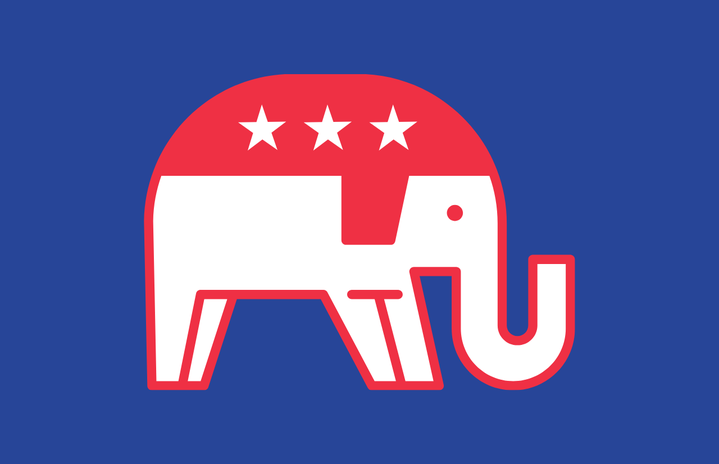Note: This article is the perspective and opinion of the author and does not reflect the views of Her Campus Cal Lutheran or Her Campus Media. Thank you!
“California is going to be good for the Democrats. But the rest of the country is a draw,” said political analyst Stuart Rothenberg. While Rothenburg glazed over the fact that eight other states have been consistently Democratic each year, it is true that California has remained an unwaveringly blue state. After the last presidential election in 2012, the Democrats became a Supermajority as they held two-thirds majority in both Houses. Following this, Jens Erik Gould, writer for Time magazine, said that California had “effectively become a one-party state.”
And yet, Cal Lutheran’s political scene is dominated by Republicans. You can see it in the way that the Republican club on campus held as an established club while the Democratic club is trying to build itself up again and in the way that Bernie Sanders yaks are downvoted faster than bad puns. Out of an entire state where roughly 40-45% of registered voters identify as a Democrat, why is the Republican voice represented while the Democratic voice is muffled?
As a costly private school that has a student population of 50-60% of students who identify as “white,” the divide introduces a different social climate than what you would expect in a typical town cradled by a blue state. The difference in values and political views that arise with this distinct majority come from two defining characteristics: race and economic class.
In a study conducted by the Pew Research Center, of the 39% of Americans who identify as Republican, the groups who made the majority were: Mormons, White Evangelical Protestants, White Southerners, White men (with some or no college education), White, and the Silent Generation.This means that 4/6 of the major groups associated with Republicanism are white race affiliated. 49% of the “white” group in this survey was found to call themselves Republican. Further, Charles M. Blows, writer for The New York Times, points out that 87% of the Republican party is white, a fact that has remained consistent for the past twelve years. Thus, statistically speaking, those who identify as “white” are far more likely to hold Republican views than any other party.
In addition to race, the prevalence of students with upper middle and upper class families play a large role in party affiliation. While a reasonable counterpoint to the assumption would be that a large number of scholarships have made this college more affordable, College Data’s financial profile of Cal Lutheran reports that, of the entire undergraduate body of 2014, there were 27.1% who had no financial need when it came to paying the $57,111 annual cost of attendance. So on the point of economic class, those who do have higher incomes are more likely to identify as Republican as well. In a Pay Scale Human Capital survey, it was found that people with a higher income bracket identify as Republicans. In the chart below, Republicans become a larger group starting at the 50k-70k yearly income section. The ratio of Republicans to Democrats becomes increasingly more tilted to the Republican side as the income category increases. People in the highest income households are also reported to be twice as likely to identify with Republicanism, reports NPR writer, Lam Thuy Vo.
These two characteristics, whether it be one or both, are strong indicators as to why the campus seems to have a higher concentration of Republicans than there would be in surrounding towns with a more diverse population. It all boils down to be a politically-correct and scientifically-backed way of saying that the “rich” “white” people of Thousand Oaks have successfully created a pocket of red amongst a solid state of blue.
So what affect does this have on you? In its quiet form, it shapes the tone of political representation on campus. While not all Republicans hold a uniform view, a few simplified traditional views include: keeping a low minimum wage, banning or restricting abortions, substituting private loans in place of government subsidized ones, maintaining conservative views on immigration, and allowing markets to freely decide their plans on drilling for oil. Without another body voicing other stances on these topics, it’s a platform that holds for the student body.
The overarching moral is that every single one of these issues affects every student here. The minimum wage affects what you, as a worker, receive from your part-time job. Drilling for oil affects you, as a citizen, as gas prices fluctuate or an environmental disaster occurs. And loans affect you, as a student at Cal Lutheran, as your finances change. The different roles that we hold in society may make us agree, disagree, or become conflicted between the Republican platforms. A wider range of political parties must be allowed to flourish in order to open up a healthy discussion of the views that shape every aspect our society. In whichever platforms we each hold, it’s important that we learn to reclaim our voice and representation so that we don’t let others speak for us at election time.


